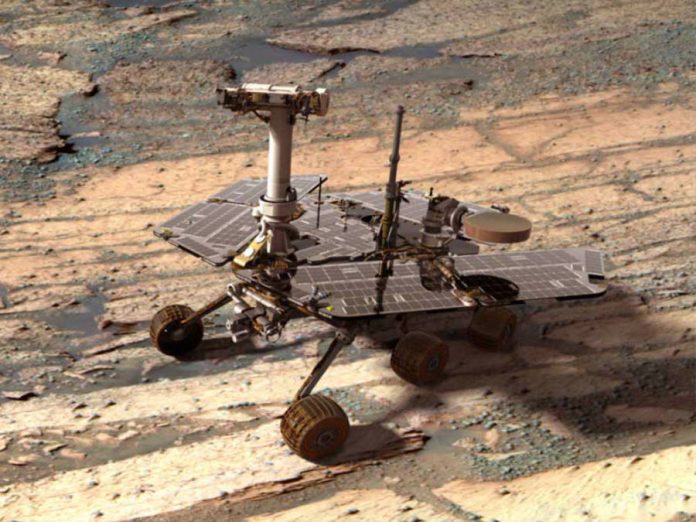
The oldest exploration rover on Mars will take on another mission. The Opportunity Mars rover will set out to explore a gully on Mars that scientists believe was carved by fluid, possibly water. It will be a two-year endeavor expected to end sometime in 2018.
The mission announcement by NASA follows a series of milestones and discoveries by the American agency including the continuing efforts of the Mars Curiosity rover. Most recently, scientists at the Space Administration announced the sighting of water plumes ejecting from the surface of the icy crust of Europa, one of Jupiter’s moons.
Beyond U.S. territory, the Chinese space agency has finished the installation of the world’s largest radio telescope and began testing it a couple of weeks ago. Private enterprises for space missions, exploration, and even leisure travels are also arising around the world.
Mars Opportunity Rover: Mission Details

NASA’s efforts to explore and learn more about the Red Planet have been many, but their unmanned nature has made them limited. Nonetheless, the Mars Opportunity rover is living proof of how human engineering can exceed even our expectations.
The Opportunity Mars rover will travel down a gully located in the interior of a crater. This crater is no other than the Endeavour Crater, a primary exploration location for Opportunity in the last couple of years.
The rover has explored nearby regions of the crater, and it will begin its mission on the ‘Bitterroot Valley’ area. The Endeavour Crater is the result of a meteor impact dating back billions of years, and it stretches over 14 miles or 22 kilometers across.
Scientists pinpointed the location of the gully on the southwestern part of the crater rim where it slices the edge from west to east for a distance comparable to the length of two football pitches.
“We are confident this is a fluid-carved gully, and that water was involved. We hope to learn whether the fluid was a debris flow, with lots of rubble lubricated by water, or flow with mostly water and less other material,” said Steve Squyres of Cornell University, Opportunity’s Principal Investigator.
The mission officially started on October 1, and it will take two years for the Opportunity Mars rover to explore the whole area determined for this venture. 2018 and 2020 will see the launch of surface missions continue exploring Martian lands, and 2030 is expected to be the decade in which NASA finally sends a manned mission to the Red Planet.
Source: NASA











